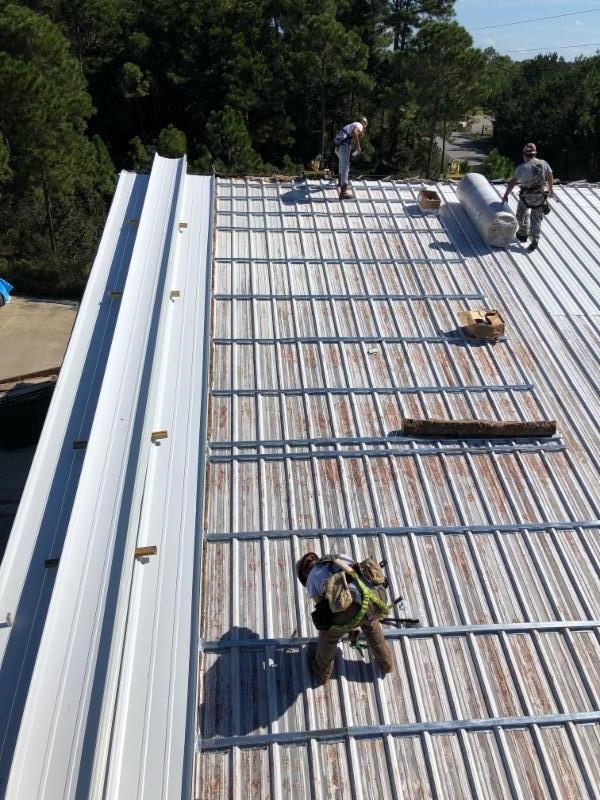The Many Nations Longhouse at University of Oregon goes Green

By IB Roof Systems.
Native American student on Eugene, Oregon campus building features plantings of about 20 different grasses indigenous to Oregon.
Native American Indian tribes have historically been associated with a deep respect for nature and a lifestyle that reflects environmental conservation. So it’s fitting that a new building for Native American students on the campus of the University of Oregon incorporates several sustainability features, including a rooftop garden.
The Many Nations Longhouse is a 3,500 sq. ft. new building on the university’s Eugene Campus that features modern interpretations and traditional aspects of a Kalapuya tribe’s community center. Inside the all-wood building, a great room serves as a gathering place where students can interact and learn from each other.
Traditional longhouses are long, narrow structures and their use can be documented throughout world history, in which as many as 20 families from the same tribe or clan lived together in segmented areas under the same roof.
This new longhouse “will express the essential cultural values of welcome, community and learning for Native American students and peoples,” according to design documents submitted by Jones & Jones Architects and Landscape Architects of Seattle, WA.
“It’s kind of a 21st Century interpretation of what a longhouse is,” said University of Oregon’s George Bleekman, the Capital Construction Project Manager.
Several different tribes supplied materials for the project, including wooden beams, maple floors, exterior cedar siding and other components from native tribal lands, where sustainable forestry is practiced. Sturdy 24” x 36” logs and purlins, donated by the Coquille Tribe, support the heavy load placed on the $1.2 million structure by the rooftop garden. The roof is one of the building’s most outstanding features. It contains plantings of about 20 different grasses indigenous to Oregon. The plants can survive Oregon’s short dry season, eliminating the need for irrigation, thus saving water and maintenance costs. The garden is planted in one foot of soil above an 80-mil-thick ChemGuard-treated roof membrane, manufactured by IB Roof Systems.
The PVC membrane, specified in 6’ x 60’ rolls, is thick enough to support the soil and avoid root penetration.
The membrane incorporates IB Roof Systems Copolymer Alloy (CPA) Technology, which is the result of more than 20 years of failure-free commercial roofing applications. To increase the speed and appearance of on-site applications, and decrease the chance of installer error, IB Roof Systems provides prefabricated flashings for any size pipe or detail. This saves the building owner time and money.
IB Roof Systems offers a 100 percent non-prorated warranty of up to 25 years for their ChemGuard Single-Ply Roofing System.
“We consider product quality and durability to be an element of sustainability,” IB Roofing Systems Regional Sales Manager Joel Stanley explained. “In this rooftop garden application, it’s important that the membrane functions just as efficiently as the vegetation. That’s why we offer one of the best warranties in the business.” In collaboration with IB Roof Systems, the architect designed an innovative rainwater collection system. The rectangle building has a sloped roof to direct rainwater toward the collection tanks.
Mr. Bleekman explained that the Longhouse project was designed and built to conform to the university’s own sustainable building guidelines, which are patterned by the U.S. Green Building Council’s LEED Program.
Other sustainable design features include a passive thermal system, which is achieved with the strategic placement of concrete blocks where they can retain heat in winter months and cool the structure during summer months. A skylight in the roof provides additional daylighting adjacent to a chimney above the fireplace, which is how traditional longhouses were designed to vent smoke from the fireplace.
Learn more about IB Roof Systems.






















Comments
Leave a Reply
Have an account? Login to leave a comment!
Sign In